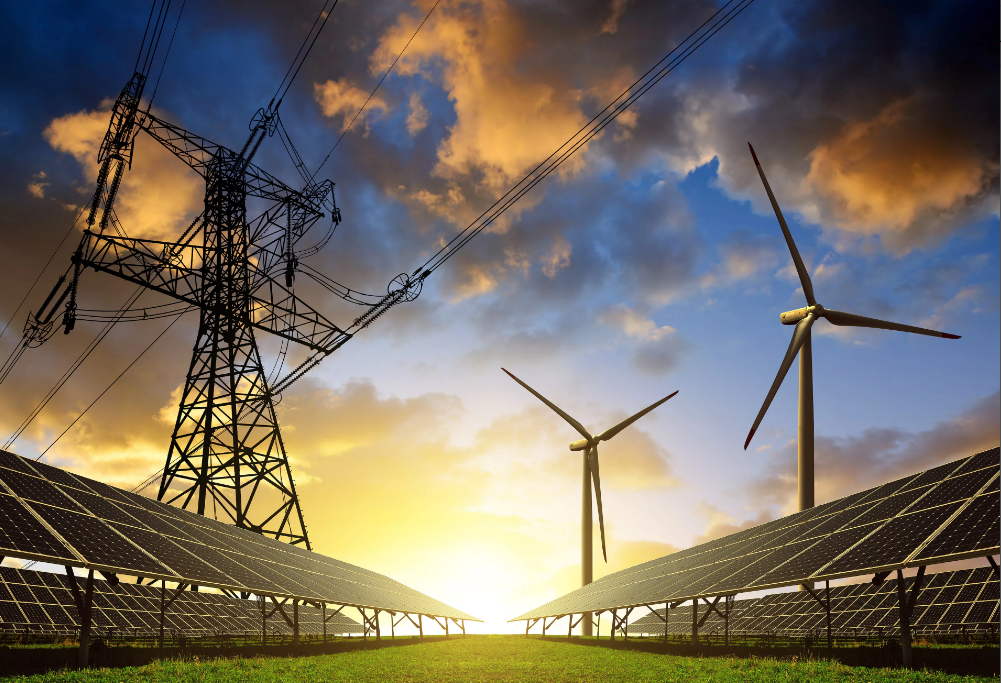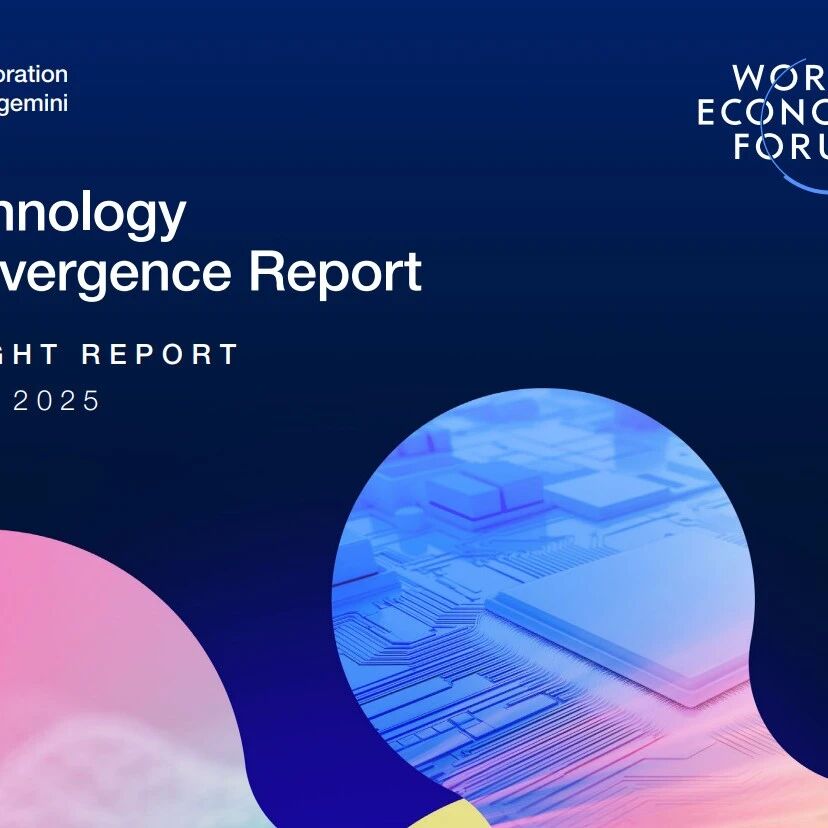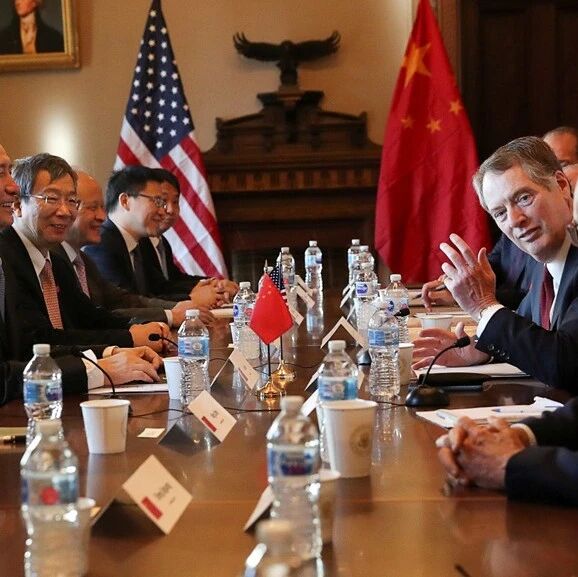

Multi-stakeholder collaboration to jointly drive investment in clean energy.
Image source:Getty Images/iStockphoto
Philippe Valahu
Chief Executive Officer of the Private Infrastructure Development Group
Emerging economies and developing countries, home to more than half of the world's population, receive less than 15% of global clean energy investments.
Investors typically view emerging markets as risky due to factors such as currency fluctuations, political instability, and bureaucratic hurdles.
To unlock the investment potential of clean energy, three key strategies can be adopted: reducing risks, enhancing data sharing, and replicating successful models.
Today, more than ever before, there is an urgent need to channel clean energy investments toward emerging markets and developing economies.
These regions not only house more than half of the world's population and boast immense growth potential, but they’ve attracted less than 15% of global clean energy investments. The development of infrastructure can play a pivotal role in addressing this imbalance.
Although mobilizing private capital may seem like a daunting challenge, three strategies have already proven effective—and if scaled up, they could become crucial breakthroughs in advancing climate action and sustainable development.
Exaggerated risks vs. overlooked opportunities
The fundamental challenge in the current environment is that investors lack confidence in emerging markets and developing economies, casting a shadow over investment prospects in these regions.
This lack of confidence stems from a variety of factors, including currency fluctuations, historical market performance, and deeply ingrained narrative biases—biases that often exaggerate the risks associated with the markets in question.
For instance, they might claim that the project is located in a politically unstable region, faces cumbersome approval processes, or is highly likely to fail even during the research phase. Yet, these claims often diverge significantly from the realities experienced by seasoned investors.
According to the Private Infrastructure Development Group (PIDG) and its practical experience in Sub-Saharan Africa, South Asia, and Southeast Asia, while default rates here may be higher than in developed markets, the potential for greater returns often offsets this risk.
According to data from the Global Emerging Markets Database (GEMs), the average default rate of the database's investment portfolio between 1994 and 2023 wasAt 3.6%This is roughly equivalent to the average default rate of non-investment-grade companies, which stands at Standard & Poor's B-rated credit (3.3%) and Moody's B3-rated credit (4%).
Additionally, the project's recovery rate also highlights the resilience and viability of infrastructure deals under a robust framework.
When we carefully compare the gap between "perceived risk" and "actual risk," it becomes clear that limitless opportunities lie ahead. Investing in emerging markets and developing economies not only helps improve local communities and the environment but also promises substantial financial returns. In particular, by 2050, emerging markets and developing economies are expected to contribute roughly [insert specific percentage or figure here] to global real GDP growth.70%
Three Major Strategies to Break the Impasse in Clean Energy Investment
1. Reduce risk
Investors must move beyond generalized risk perceptions and instead develop a deep understanding of the specific risks associated with each project and industry. Only then can they effectively leverage risk-mitigation tools, unlocking a range of reliable investment opportunities that deliver both safety and strong returns.
“Guarantees” are exactly that kind of tool. For instance, PIDG, through its guarantee arm GuarantCo, provided Africa GreenCo with a guarantee.An eight-year framework guarantee worth $27 millionThe credit line supports its payment obligations to independent power producers supplying clean energy, thereby fostering the growth of clean energy investments.
Although the guarantee agreement was established between Africa GreenCo and GuarantCo, the actual guarantee was provided directly to the IPPs and their financiers, significantly boosting their confidence in signing contracts and developing renewable energy projects.
This $27 million guarantee is expected to mobilize up to $270 million in private capital for independent power plants, resulting in a financing leverage ratio of approximately 5.45 times. The initiative will add 200–300 megawatts of renewable energy capacity to the grid, enhancing electricity supply for businesses and end-users alike.
Similarly, hybrid financing structures can make projects that were previously unviable from a commercial standpoint more attractive to private investors by leveraging various equity instruments.
The Climate Finance Partnership is a prime example. It is based on$130 million in initial catalytic capital, successfully unlocking up to $540 million in private investment. This fund targets renewable energy, energy efficiency, energy storage, and low-emission transportation projects in Southeast Asia, Latin America, and Africa.Significant achievements
One notable success story is its investment in Ditrolic Energy, a renewable energy developer in Malaysia, which has helped advance a 1-gigawatt solar energy project in Southeast Asia.
2. Data Sharing
A lack of high-quality, accessible data often exacerbates misunderstandings further. Poor confidentiality, fragmented information silos, and inconsistent standards can also hinder accurate risk assessments at times.
To bridge this gap, we need to work together to enhance transparency and encourage data sharing. WithGEMs AllianceA series of initiatives, represented by [name/organization], will provide open-source credit risk data.It's an important step in the right direction.
Our goal should be to establish a comprehensive, publicly accessible database that provides investors with more robust decision-making tools.
Meanwhile, we should draw on the experience of capital markets and fully unlock the potential of existing risk-mitigation tools such as guarantees and blended finance. Standardized products, clear impact metrics, and transparent reporting mechanisms have collectively fueled the growth of multi-trillion-dollar markets like green, social, and sustainability bonds.
Risk mitigation tools should also evolve toward greater standardization and integration, enabling asset managers to evaluate their performance based on globally recognized metrics. This will require developing standardized risk-reduction tools that are easy to analyze and compare, ultimately boosting investor confidence.
PIDG's Emerging Africa and Asia Infrastructure FundHybrid financing instruments demonstrate the potential of this approach.The entire industry should strive to establish these funds as a unified asset class, adopting universal standards to enhance transparency, liquidity, and investment appeal.
This will create a more predictable and investor-friendly environment, thereby attracting broader capital flows.
3. Harnessing the Power of Successful Experiences
Another key element in scaling up financing for clean energy is replicating existing success stories. We don’t need to start from scratch—instead, we should leverage the resources already in place. In this regard, a comprehensive national strategy could provide valuable insights for both governments and financiers.
Take Chile as an example: From 2000 to 2020,Chile has implementedA series of legislation, policies, programs, and renewable energy institutions,Promoting the integration of clean energy into the national grid, reducing carbon emissions and promoting inclusivity in the energy market.
This positioned Chile as the destination for over 50% of Latin America’s renewable energy investments in 2015, and by 2021, the country had attracted $3.4 billion in renewable energy capital. By 2022, renewables already accounted for 55.1% of Chile’s electricity mix, solidifying the nation as a leader in clean energy investment across Latin America.
Likewise, Brazil throughStructured approach,Relying on a robust institutional framework, long-term planning, a stable regulatory structure, energy investment, and international cooperation, complemented by innovative auction mechanisms., successfully doubling its renewable energy capacity between 2001 and 2023.
Replicating these models at the national level will significantly accelerate the growth of clean energy investments. By effectively leveraging these existing examples, countries can confidently and independently drive transformative changes in their national energy landscapes.
From exaggerating risks to embracing opportunities
Ultimately, reducing financing risks for clean energy requires a joint effort from investors, development finance institutions, and governments.
Only by widely adopting innovative and effective risk-mitigation tools, fostering data sharing, and learning from best practices can we truly overcome outdated misconceptions—and redirect capital toward emerging markets and developing countries.
By adopting a more purposeful, collaborative, and data-driven approach, we can shift from exaggerating risks to embracing opportunities—and unlock the capital needed to accelerate the clean energy transition in emerging markets and developing economies.

The above content solely represents the author's personal views.This article is translated from the World Economic Forum's Agenda blog; the Chinese version is for reference purposes only.Feel free to share this in your WeChat Moments; please leave a comment at the end of the post or on our official account if you’d like to republish.
Editor: Wan Ruxin
The World Economic Forum is an independent and neutral platform dedicated to bringing together diverse perspectives to discuss critical global, regional, and industry-specific issues.
Follow us on Weibo, WeChat Video Accounts, Douyin, and Xiaohongshu!
"World Economic Forum"


